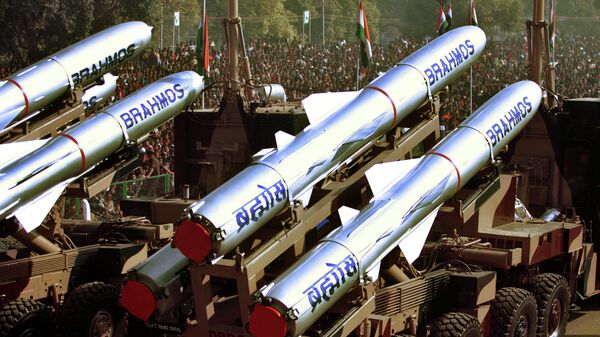The Spike missile was developed in Israel for land-to-land missile strikes against enemy tanks. It is considered a "fire-and-forget" munition, however some versions of the Strike missile can be user guided via a "fire, observe, and update"model.
The Ministry of Defense has officially "forwarded the deal to the Cabinet Committee of Security, which is likely to clear the same (deal)" in the week ending March 31, Defense News reported on Monday. "The deal could then be signed after next month," the MoD said.
Similar to previous deals, the Indian Army will secure 321 Spike launchers and 8,356 anti-tank guided missiles (ATGM) from Rafael for $1 billion total. Delivery could take up to 60 months, or five years, to send all the equipment, the MoD noted. In October, 2014, India spent $525 million on 8,000 Spike anti-tank missiles along with 300 launchers, Haaretz reported.
The javelin FGM-148 has a range of 4.75 km, while the Spike can reach targets 4 km, 8 km or 25 km into the distance.
Generally, the MoD prefers to procure new equipment and weaponry by soliciting bids from multiple contractors. "The single-vendor situation has arisen as the other option, American Javelin, was found to be too expensive," said Rahul Bhonsle, defense analyst and Indian armed forces veteran.
One key element of the deal involves the transfer of intellectual property from Israel to India. Particularly, a clause in the contract allows India to gain access to the steps and procedures used to make the missiles in the event that the MoD exercises its option to create another 1,500 launcher systems and 30,000 missiles in the future.
"For long," an Indian Army official told Defense News, the Indian Army and Air Force have "been held hostage" to older generation ATGMs from Europe.
"These ATGMs are fully wire-guided ATGMS…Even Spike is not a fully fire-and-forget missile, as there is wire guidance in Spike," the military official noted.




